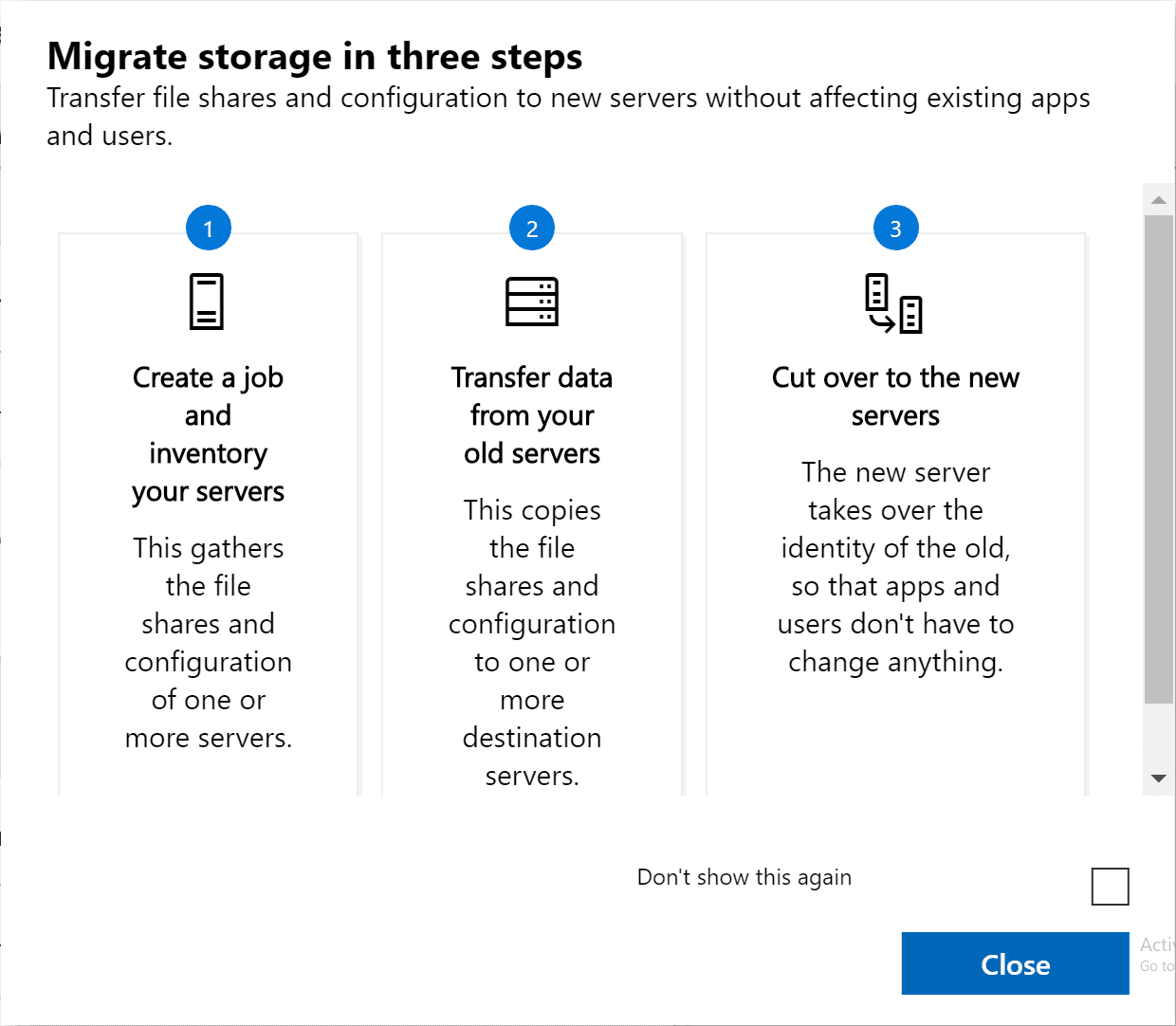
- #Windows server 2008 security policy for network files how to
- #Windows server 2008 security policy for network files install
- #Windows server 2008 security policy for network files windows
This remote server is usually located on the perimeter network of the organization that the client wants to connect to. A client connects to a public network, such as the Internet, and initiates a VPN connection to a remote server. VPN AuthenticationĪ VPN is an extension of a private network that encompasses encapsulated, encrypted, and authenticated links across shared or public networks. After you have performed these steps, the RAS server will be functional. You will learn more about RADIUS options later in this lesson. You can configure the RAS server to perform authentication against Active Directory Domain Services (AD DS) or the local account database, or you can configure the RAS server as a RADIUS client and allow the RADIUS server to perform the authentication and authorization of client connection requests. The next step in configuring an RAS server is determining how authentication will occur. This class is configured through the Advanced tab of DHCP Server Options, as shown in Figure 9-3. This class allows administrators to assign specific options only to Routing And Remote Access clients.
#Windows server 2008 security policy for network files windows
When using your organization’s DHCP infrastructure, the RAS server will lease blocks of 10 addresses, requesting new blocks if previously requested blocks are all currently in use.ĭHCP servers running Windows Server 2008 and Windows Server 2008 R2 have a predefined user class, known as the Default Routing And Remote Access Class. You can specify a range of addresses to assign to connecting clients. The RAS server can generate the addresses itself. You can do this in several ways:Ĭlient addresses can be leased from a DHCP server within the organization.
#Windows server 2008 security policy for network files how to
As a deployment strategy, you should seriously consider keeping the RAS server separate from other services.Īfter you identify the external interface, the next step in configuring the RAS role is specifying how to assign IP addresses to clients. If you have deployed other services on the server that will host the RAS role, you will need to configure new packet filters to allow this traffic to the server. This means that the server is limited to providing VPN access. When you configure a remote access server, the process applies packet filters that allow only VPN protocols to the Internet interface. The Remote Access (Dial-Up Or VPN) option is selected when you want to provide either remote access option or both options to clients outside your organization. The configuration page of this wizard, shown in Figure 9-1, allows you to select the combination of services that this particular server will provide. Performing this action starts the Routing And Remote Access Server Setup Wizard. To enable Remote Access, open the Routing and Remote Access console from the Administrative Tools menu, right-click the computer running Windows Server 2008 R2 that you want to host this role, and then click Configure And Enable Routing And Remote Access. It is not necessary to add the RAS server to this group if the RAS server will be using local authentication or authenticating against a Remote Authentication Dial-In User Service (RADIUS) server. If your user account is not a member of the Domain Admins security group, organize a domain admin to add the RAS server account manually to the RAS And IAS Servers domain security group. In domain environments, you should perform this action using a user account that is a member of the Domain Admins group. Only members of the local Administrators group are able to configure the RAS. Once installed, you must configure RAS manually. To do this, issue the following commands: netsh ras set conf confstate=disabled and then net stop “Routing and Remote Access”. If you have installed and configured RRAS before, you may need to reset the configuration to get RRAS to perform other functions.

To remove RRAS completely from a server running Windows Server 2008 R2, issue the command: Remove-WindowsFeature NPAS As an alternative, open an elevated Windows PowerShell prompt on a computer running Windows Server 2008 R2 and issue the following commands: Import-Module ServerManager
#Windows server 2008 security policy for network files install
To install the RRAS role service, use the Add Roles Wizard and then select Network Policy And Access Services. In this lesson, you will learn how to configure and monitor a VPN remote access server running Windows Server 2008 and Windows Server 2008 R2. You should deploy the Remote Access Service (RAS) component of the RRAS role service when you want to provide either of the following resources to your network environment: The Routing and Remote Access Service (RRAS) role service is available as part of the Network Policy And Access Services server role.


Implement remote access technologies, including IKEv2 VPNs and DirectAccess. Monitor and maintain remote access security policies. Plan remote access infrastructure server roles.


 0 kommentar(er)
0 kommentar(er)
